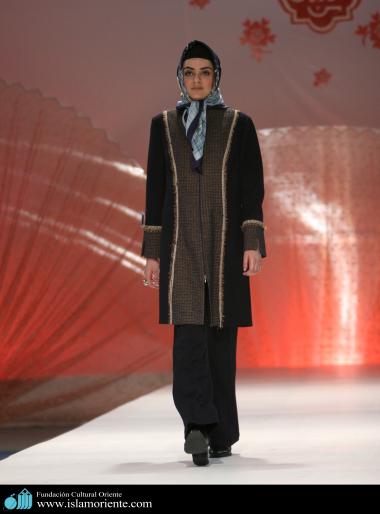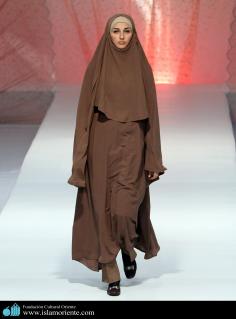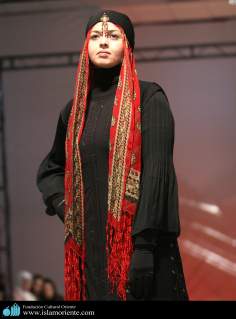-
Islamic Art
-
Arquitecture
-
Islamic Arquitecture
- Arte & Islamic Architecture in painting
- Islamic mosaics and decorative tile (Kashi Kari)
- Islamic Mogarabas (Moqarnas Kari)
- Arte con espejos incrustados (aine kari)
- City of Isfahan - Iran
- City of Mashhad - Iran
- City of Shiraz - Iran
- From other cities of Iran
- Mecca and Medina – Saudi Arabia
- City of Agra - India
- Persian Preislamic Arquitecture
-
Islamic Arquitecture
-
Persian Miniature
- Miniatures by Prof. M. Farshchian
- miniatures by Hayy Agha Emami
- Miniatures by Prof. Husein Behzad
- Miniatures by Professor M. Mehregan
- Miniatures by different artists
- Miniatures of the Book “Muraqqa-e-Golshan
- Miniatures of books of Poet Sadi, “Bustan”, “Golestan” and “Colections”
- Miniature of the books of Poet Nezami Ganjavi
- Miniatures of different books
- Miniatures of the Book “Zafar Name Teimuri”
- Miniatures of different editions of Shahname by Ferdowsi
- Miniature in Mural
- Tazhib (Ornamentation of valuables pages and texts)
-
Islamic Calligraphy
- Kufic Calligraphy – Kufic Style
- Islamic Calligraphy – “Diwani” Style
- Islamic Calligraphy – “Naskh” Style
- Islamic Calligraphy – “Nastaliq” style
- Islamic Calligraphy – “Muhaqqeq” and “Roga” Styles
- Islamic Calligraphy “Zuluz” Style
- Islamic Calligraphy – “Tawqi” style
- Calligraphy of Bismillah
- Quranic Calligraphy
- Illustrative Calligraphy
- Antique editions of the Holy Quran from early times to XIII hiyri (XIX d.C).
-
Handicrafts
- Handicrafts – traditional blocking (stamping) (Chape Qalamkar)
- Handicraft – Marquetry and Decoration of objects (Jatam Kari)
- Handicraft – Enamel (Mina Kari)
- Handicraft – Textile Art – Persian Carpets
- Persian Handicraft – Bone Painting
- Handicraft – Engraved in metal (Qalam Zani)
- Handicraft – Taracea (Marquetry)
- Weapons and decorated enamelware
- Paintings
- Islamic Pottery- Islamic ceramics
-
Arquitecture
- Muslim Woman
- Holy Places of Islam
-
Poster
- Caricature
Like1
1 user has voted.
Islamic dress and fashion shows - Iran
Hijab, which means covering the body from non-mahrams, is one of the essential laws of Islam. There is Hijab in other divine religions, including Zoroastrianism, Judaism and Christianity, with some differences.
The Hijab of Muslim women has been attended by European women and has become fashionable. European Muslim women who are young, have been successful not only in introducing Hijab as a symbol of the Islamic identity and the supreme human personality but also in turning their Hijab into a fashion by choosing pants, long dresses, and colorful scarves.












